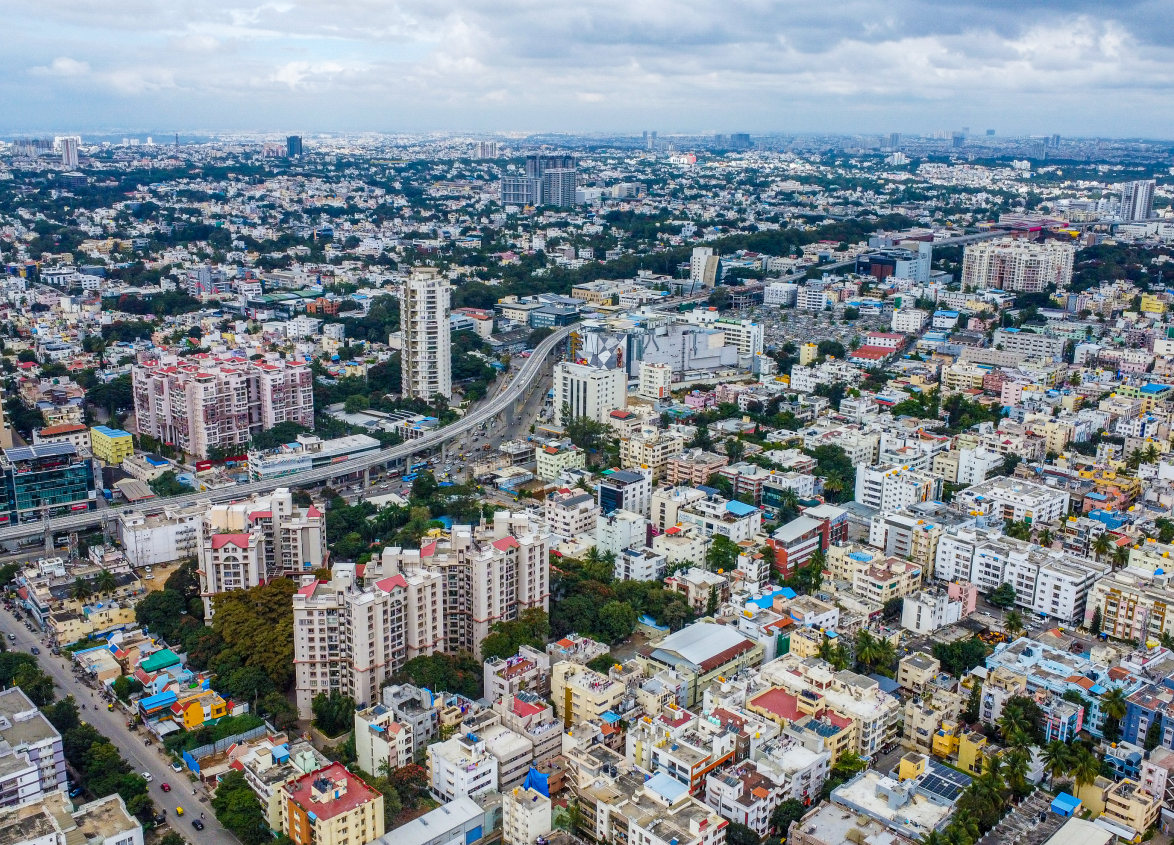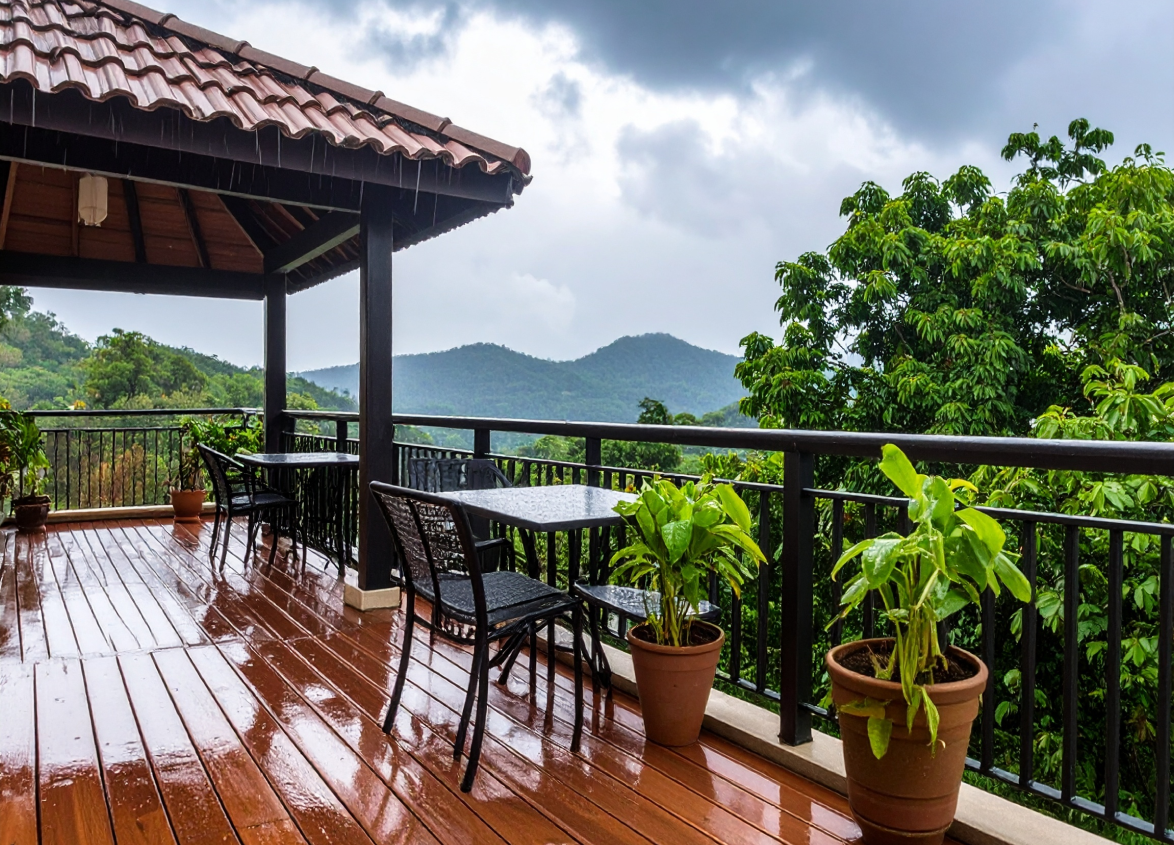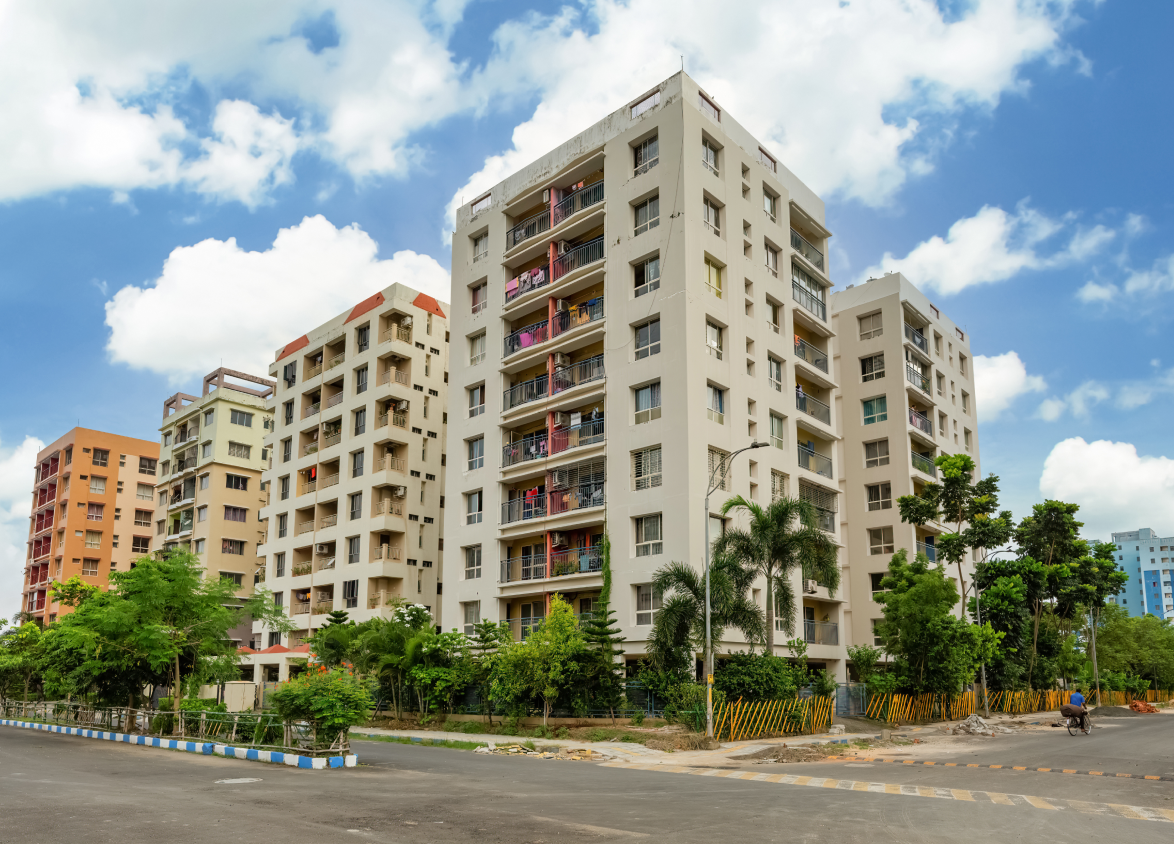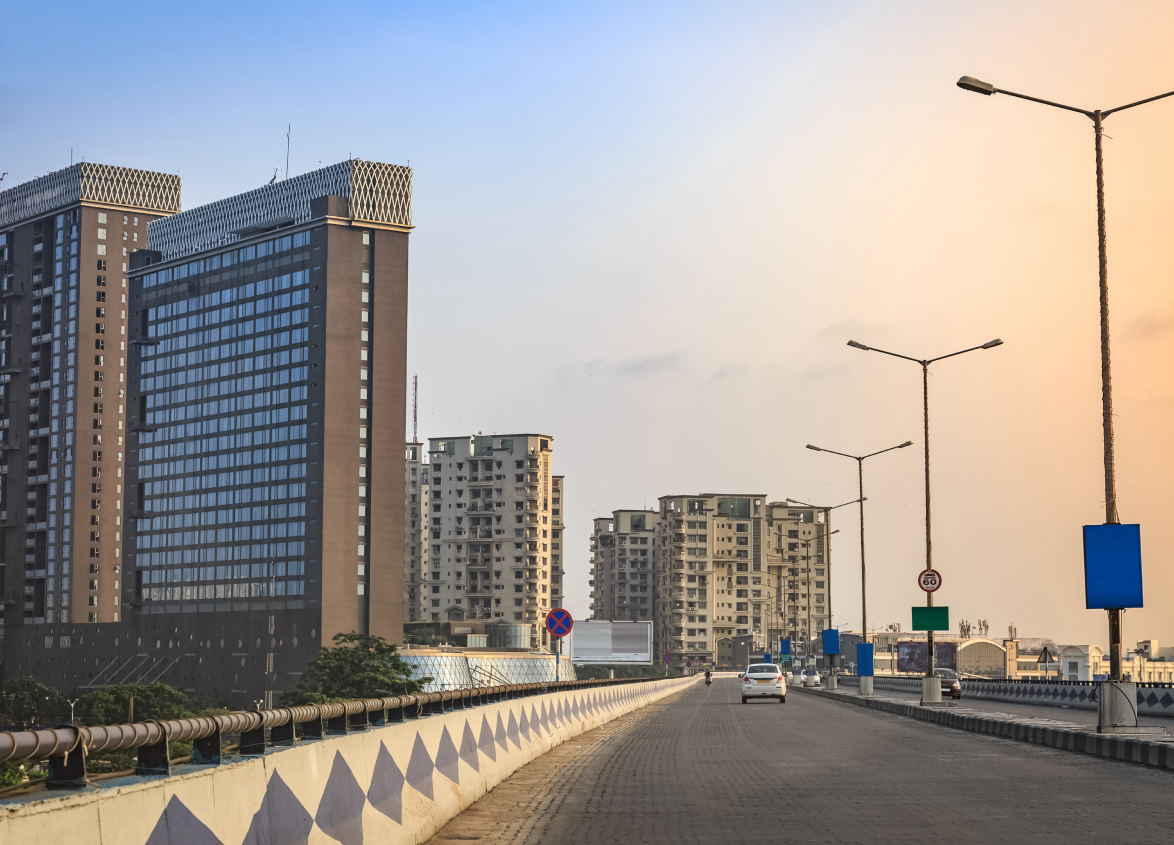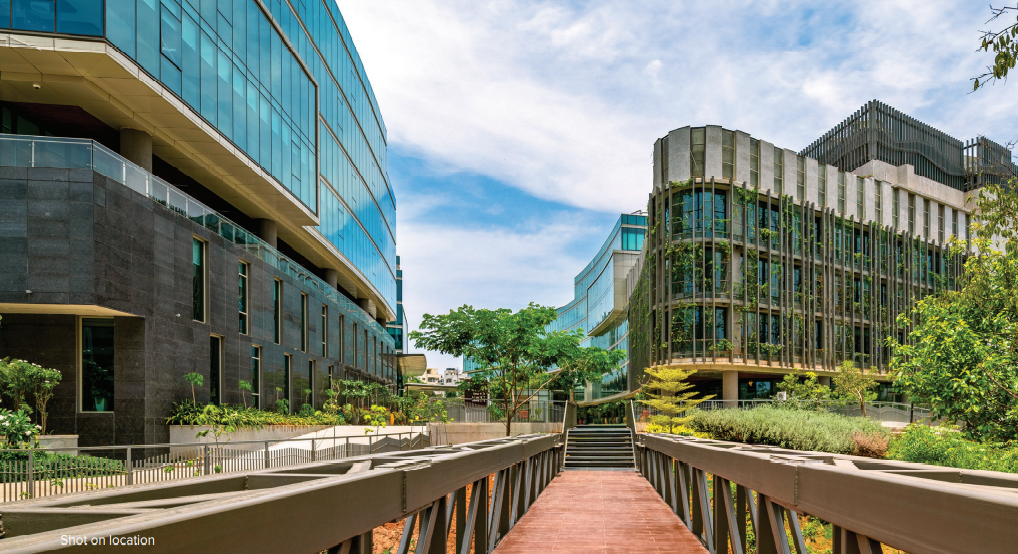
Residential
How to Get a Property Card Online in Karnataka: A Complete Guide
June 10, 2025
Karnataka has made great strides in digitising property and land records to achieve transparency and e-governance. One of the most significant implements brought under this program is the "Property Card." Due to fast-growing urbanisation, especially in places like Bengaluru, immediate and specific access to property-related documents is necessary for buyers, sellers, investors and legal professionals.
In the past, landowners had to line up at taluk offices to establish ownership or fetch land records. Through online networks like Bhoomi and UPOR, Karnataka has enabled its citizens to manage land records from the comfort of their homes. It’s not just about convenience, it’s about protecting property rights, ensuring legal transparency and preventing large-scale fraud.
This blog has all you need to know about obtaining a property card online in Karnataka - from finding out what it is, to step-by-step instructions on checking, applying and downloading your digital property card.
Whether buying a property, checking ownership, or keeping your documents organised, this informative blog is your one-stop guide. For trusted developers like Brigade, ensuring that every buyer has clear, digitally verifiable ownership is a top priority, making property cards all the more essential in modern transactions.
What is a Property Card?
A Property Card is an official government document carrying descriptions of a particular property, such as the owner's name, survey number, locality, boundaries and status of legal ownership. Unlike a Khata (used for tax purposes) or a mutation extract (used to record ownership changes), a Property Card provides a consolidated, government-authenticated proof of legal title. It portrays ownership and physical features of the land lot and hence is greatly trustworthy for bank cases and money transactions.
Suggested Read - Key Difference Between A Khata and B Khata Properties
Government-authenticated digital signatures are computer-generated property cards printed under Karnataka's UPOR and Bhoomi portals. These digital signatures ensure the card is legally valid and tamper-proof, making it admissible in court proceedings and sustaining its credibility in bank loans, court submissions and real estate transactions.
Principal Details Included in a Property Card:
- Owner's name
- Property survey number and subdivision information
- Plot area and boundary
- Location (taluk, hobli, village)
- Encumbrance certificate and mutation status
- Usage type (residential/commercial/agricultural)
- Transaction history
- GIS-based map links
The card is a legal evidence of ownership and also serves a very significant role in loan applications, property registration, dispute settlement and title clarity checks while selling real estate.
Why Property Cards are Important in Karnataka
Property cards facilitate inclusive and sustainable urban development dreams of the government by engaging in activities like:
- Prevention of land and litigation encroachments.
- Facilitating proper land use planning and taxation.
- Facilitating improved citizen services for properties.
- Improving e-governance and land record modernisation.
The state's computerised system has been implemented in a phased manner so that everything in urban and rural areas is brought together bit by bit and no one will be left behind.
Given Karnataka's booming real estate sector — particularly in Bengaluru, Mysuru and Hubli-Dharwad — the state is among the first in India to see large-scale digitisation of property records. The following are the reasons why one needs a property card online:
- Ownership Transparency: There is no confusion regarding land ownership. With online records, the buyer and banks can instantly check the ownership.
- Prevention of Spurious Sales: Spurious documents and repeated transactions of the same property are prevalent vices. Government-verified property cards eradicate all these vices to a great extent.
- Easy Property Transfers: Whether for sale, lease, or mortgage, property cards facilitate easy legal checks, accelerating transactions and paperwork.
- Improved Land Use Regulation: Computerised records enable civic authorities to control zoning, encroachment and public works more efficiently.
- Enfranchises Homeowners: Every individual can access and download his/her property card online, accessing their records straightaway.
Moreover, banks and NBFCs increasingly rely on verified digital property records for loan or mortgage approvals. Property cards prove to be authentic proof of ownership, curtailing the role of manual document confirmation or third-party vetting. This accelerates the disbursal of loans and lessens fraud.
In urban administration and planning, UPOR is coupled with GIS technology, enabling accurate property mapping and encroachment detection. It is essential in conflict resolution, planning civic infrastructure, and regulating land use. Additionally, in case of inheritance or succession, a property card can be used as evidence of ownership, facilitating conveyance of legal title and lessening the likelihood of property disputes.
Documents Required for Property Card
To seek a property card in Karnataka, have the following documents handy:
- Document of Ownership of Property: Sale deed or registered gift deed, partition documents or succession papers
- Identity Document: Aadhaar Card, voter ID or PAN Card
- Document of Address: Utility bill, bank statement, or ration card
- Receipt of Property Tax: The latest tax paid to local municipal authorities.
- Survey Map/Sketch: Survey map or sketch of local land records
- Encumbrance Certificate (EC): Ideally, for the last 10–13 years
- Application Form: Filled online or offline as per requirement
Advantages of Purchasing a Property Card Online in Karnataka
Online property cards also have several advantages for the property owner and the government. Some of them are:
- Convenience: Candidates no longer have to visit different government offices. Everything is made convenient online through portals such as Bhoomi and UPOR.
- Time-Saving: Online applications save time, reduce paperwork and eliminate the need for manual processes.
- Transparency and Accuracy: The data is obtained from the digitised land records and validated, providing a true representation of ownership and use.
- Tamper-Proof Documentation: The digital property card, having been printed, is kept secure and hard to tamper with, minimising fraud and manipulation.
- Ease in Property-Linked Services: You can conveniently utilise the property card to access loans, settle disputes, sell land, or access utilities.
- Eco-Friendly: Paperless procedures ensure environmental protection and operational effectiveness.
Government Initiatives for Digitisation (UPOR & Bhoomi Project)
Karnataka has been at the forefront of India’s land record digitisation efforts. Two flagship initiatives power this transformation: UPOR and Bhoomi.
UPOR – Urban Property Ownership Records
UPOR is an initiative launched by the Government of Karnataka to digitise and verify ownership of urban properties. It aims to map and record urban properties based on GIS technology, helping prevent encroachments and streamline property taxes.
Objectives of UPOR:
- Create a legal urban property ownership registry.
- Issue digitised property cards to the rightful owners.
- Improve transparency in urban land transactions.
Features:
- Owners are invited to do field verification and surveys.
- Digital records are created after due diligence.
- Unique Property Identification Numbers (UPINs) are issued.
UPOR is currently active in several cities, including Mysuru, Shivamogga and Mangaluru and is expected to be rolled out across more urban areas.
Bhoomi – Rural Land Digitisation Project
Bhoomi, started in 2000, was one of India’s first land record computerisation projects. It enabled the digitisation of RTCs for over 20 million land records in Karnataka.
Features:
- RTC (Pahani) records are available online.
- Land transaction records and mutation tracking.
- Accessible via the Bhoomi portal and Atal Jan Snehi Kendras.
With UPOR and Bhoomi, Karnataka has developed a dual framework covering urban and rural property ownership, making property cards more accessible to all citizens.
DILRMP
This central initiative encourages states to create standardised and integrated digital property systems. Karnataka’s implementation of Bhoomi and UPOR is aligned with DILRMP’s goals of making land records transparent and accessible.
Eligibility Criteria for Obtaining a Property Card in Karnataka
To be eligible for a property card in Karnataka, the applicant must:
- Be the rightful owner of the property (documented via a valid sale deed or inheritance).
- Possess a property within Karnataka’s rural or urban limits.
- There are no pending legal disputes on the said property.
- Be registered with municipal or panchayat authorities (for tax and mutation purposes).
- Have updated records in the Bhoomi or UPOR system, depending on the location.
Step-by-Step Process to Apply for a Property Card Online in Karnataka
Here’s a simplified step-by-step process to property card apply online in Karnataka, depending on whether your property falls under rural or urban jurisdiction.
For Urban Properties (via UPOR):
Step 1: Visit the UPOR Portal
- Go to the UPOR portal: https://upor.karnataka.gov.in
Step 2: Enter Property Details
- Use the survey number, the ward number, or the property ID to search for your property.
Step 3: Field Survey (if needed)
- A field survey may be conducted to verify property boundaries and ownership.
Step 4: Document Submission
- Upload documents such as the sale deed, ID proof, tax receipts and encumbrance certificate.
Step 5: Verification
- Authorities verify documents, and corrections are communicated if required.
Step 6: Issuance
- Once approved, the digital property card is generated and made available for download.
For Rural Properties (via Bhoomi):
Step 1: Visit the Bhoomi Portal
- Access the official site: https://landrecords.karnataka.gov.in
Step 2: Select ‘View RTC and MR’
- Choose the required service (e.g., RTC/Pahani).
Step 3: Enter Property Details
- Enter district, taluk, hobli, village and survey number.
Step 4: Verify Ownership
- Cross-check details and request a digital certificate if available.
Step 5: Download
- You can save or print the property card/RTC document for official use. For convenience, Karnataka allows property card download as a PDF document, which can be saved for future reference.
Alternative Methods to Apply for a Property Card
If you're unable to access the online portals, the Karnataka government also provides offline options:
1. Visit the Taluk Office
- Apply for the property card with supporting documents.
- A land records officer will guide you through the process.
2. Use Atal Jan Snehi Kendras (Citizen Service Centres)
- Visit the nearest Kendra to access Bhoomi or UPOR services with operator assistance.
- Pay nominal charges for printing or submission.
3. BangaloreOne Centres (Urban Areas)
- For urban residents, BangaloreOne counters can help fetch land records or provide assistance with applications.
Common Issues and Solutions
1. Discrepancies in Records: Mismatch in owner name, boundary, or plot number.
- Solution: File a rectification request via the UPOR/Bhoomi portal or visit the land records office with proof.
2. Survey Number Not Found: Some older or unregistered properties may not appear.
- Solution: Contact your local revenue inspector or tahsildar office for manual updates.
3. Pending Mutation: Applications may be delayed if the ownership mutation isn’t complete.
- Solution: First, complete the mutation process via Bhoomi before requesting the card.
4. Duplicate Records: Conflicting entries due to joint ownership or inheritance.
- Solution: Submit a joint affidavit or legal proof to reconcile ownership.
5. Portal Technical Issues: Slow load time or broken links on UPOR or Bhoomi.
- Solution: Visit during off-peak hours or use the Jan Snehi Kendra for assisted application.
How to Check Property Card Online in Karnataka
Citizens can view property cards online through either the Bhoomi or UPOR portals by entering the survey or PID details. In case you only wish to check the property card online for status or ownership details, follow these quick steps:
For Rural Properties:
- Go to the Bhoomi Portal.
- Select “i-RTC” (to view Record of Rights).
- Enter the survey number, taluk and village.
- Click ‘Fetch Details’.
For Urban Properties:
- Visit UPOR.
- Use the “Check Property Card” option.
- Enter PID, Khata No., or registered mobile number.
- View the displayed card details.
How to Get a Digital Property Card in Karnataka
Karnataka is rolling out fully digital property records under the UPOR initiative. These can be accessed via:
- UPOR App or Website: Use the official mobile app to search and access your digital card anytime.
- DigiLocker Integration: You can access property cards via the DigiLocker platform using your Aadhaar-linked login.
- SMS & Mobile OTP: Some municipalities like BBMP (Bruhat Bengaluru Mahanagara Palike) are working on enabling property document access using registered mobile numbers and OTP-based authentication.
How to Use a Property Card: Common Use Cases
Property cards are versatile and can be used in multiple scenarios:
| Use Case | How Property Card Helps |
|---|---|
| Buying/Selling Property | Verifies rightful ownership, area and transaction history |
| Applying for a Home Loan | Acts as title proof for banks and NBFCs |
| Property Disputes | Legal evidence in courts regarding ownership |
| Mutation and Khatha Transfer | Required for municipal record changes |
| Verifying Encumbrance | Detects mortgage, lien, or court order on property |
| Land Use Planning | Confirms if the property is residential, commercial, or agricultural |
Tips for Homebuyers and Property Owners
If you’re planning to buy property in Karnataka, here are the key points to keep in mind:
- Always verify the property card before finalising a deal.
- Compare details with the sale deed and mutation register.
- Ensure the card is recent and reflects any changes in ownership.
- Use Bhoomi or UPOR portals directly—avoid third-party agents.
- Store a digital copy in DigiLocker or Google Drive for easy access.
Conclusion
Property cards are the future of transparent, efficient and reliable land record management in Karnataka. Whether you're a homeowner in Bengaluru or own farmland in Hassan, obtaining your property card online is now easier and more beneficial than ever.
Thanks to Karnataka’s pioneering initiatives like UPOR and Bhoomi, the process of verifying property ownership, applying for loans, resolving legal issues, or managing taxes has become more streamlined and citizen-friendly.
Investing a little time now to get your property card can save you immense trouble later. Go digital, stay informed and secure your property the smart way. Start your application today on the Bhoomi or UPOR portal and take control of your land ownership records.
If you're ready to take the next step, visit the official Bhoomi or UPOR portals today.
FAQs
1. Is the Property Card different from the Khata?
Yes. A Property Card is a government-issued document showing ownership and survey details, while a Khata is a municipal record used for property tax and assessment.
2. How long does it take to receive the Property Card?
If applied online, you can usually download the digital property card instantly. Offline applications may take 7–15 working days.
3. Can I use the Property Card for legal proceedings?
Yes. It serves as valid supporting ownership and proof of land detail in property-related legal cases.
4. What is the difference between a Property Card and an RTC (Record of Rights, Tenancy and Crops)?
The Property Card is used for ownership and title details, mainly in urban areas. RTC is a rural land document focusing on cultivation, tenancy and crop information.
5. Can I get a duplicate Property Card if I lose the original?
Yes. You can re-download the digital copy from the Bhoomi or UPOR portal, or request a certified copy from the local revenue office.
6. What should I do if there is an error in my Property Card details?
Visit your Taluk Office or Atalji Janasnehi Kendra and file a correction request with supporting documents.
7. What are the fees for getting a Property Card in Karnataka?
The digital property card usually costs ₹10 to ₹15, depending on the platform and location.
8. What is a Property Card, and why is it important?
It’s a digitally certified record of ownership that helps verify property details, reduces fraud and simplifies transactions like buying, selling, or loan applications.
9. How can I check the status of my Property Card application online?
Visit the Bhoomi or UPOR portal, navigate to the Property Card section and enter your survey/PID number to check the status in real time.
MUST READ
Looking for something specific?
We'd be delighted to help you.






















